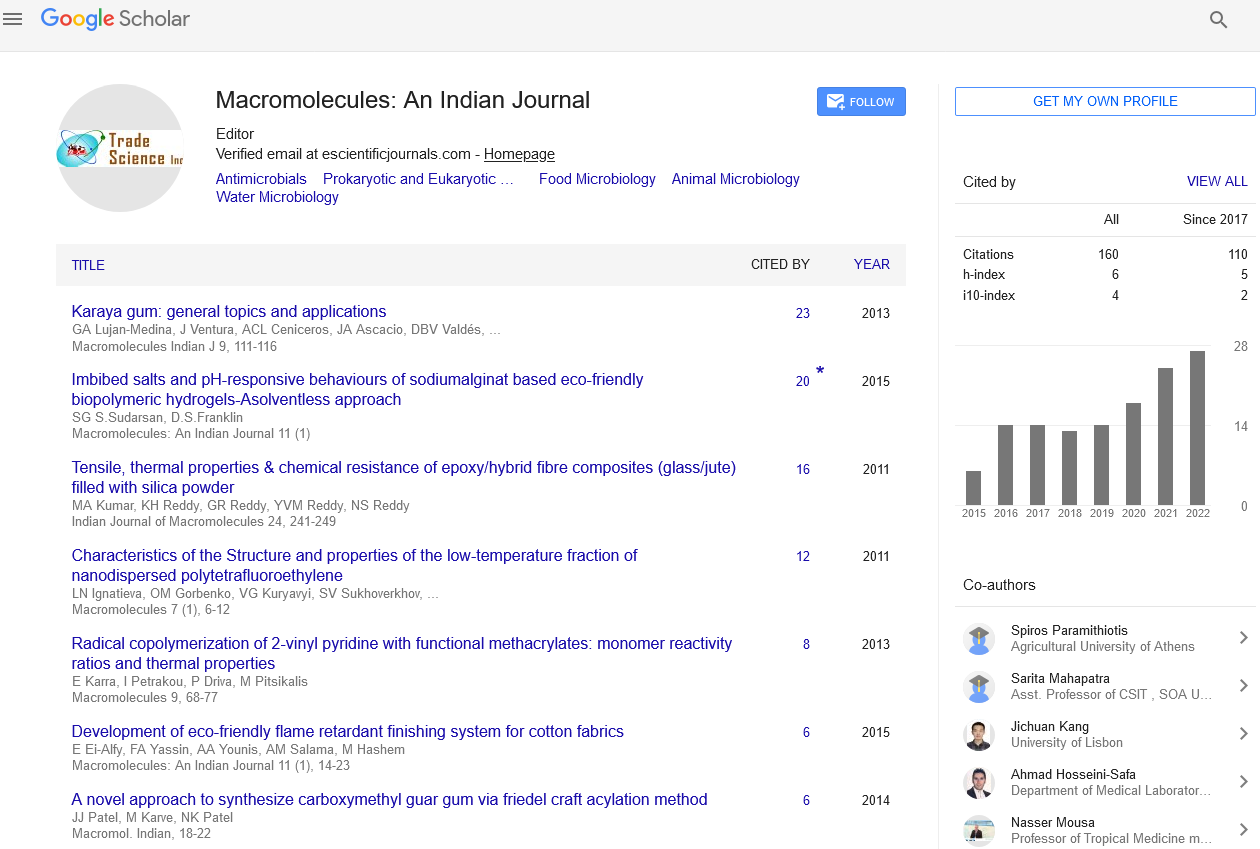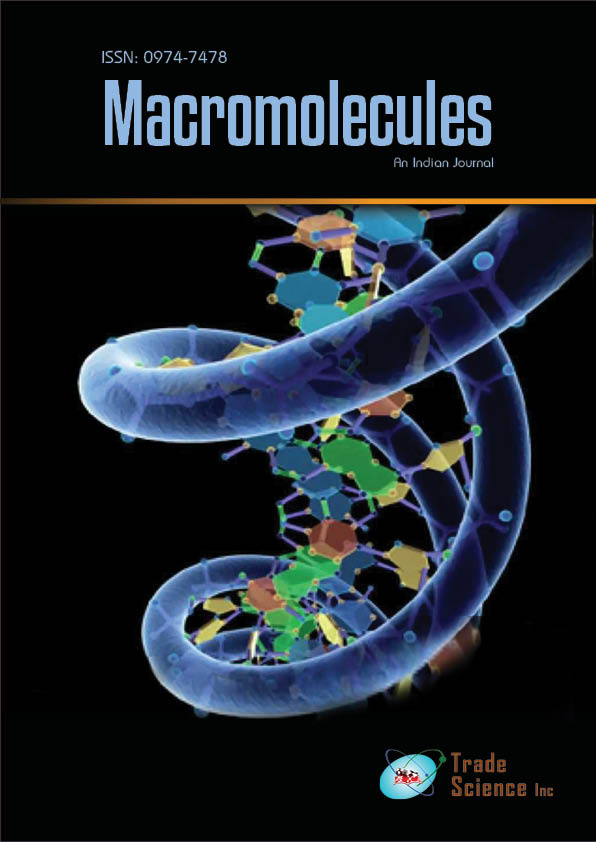Abstract
‘’Syndecans-the Signaling Controllers Possessing Prognostic Targetable Therapeutic Significance in Breast Cancer(BC)-for Innovative BC Therapy’’
Author(s): Kulvinder Kochar Kaur , Gautam N and Mandeep SinghSyndecans(SDCs; SDC1-4)comprise of a family of cell surface Heparan Sulfate Proteoglycans(HSPG’s) are commonly expressed in mammalian tissues. Abnormal expressionof SDC takes place on tumor or stromal cells, which influence the starting along with propagation via its pleiotropic part in various signaling pathways germane to proliferation,cell matrix adhesion, migration invasion ,metastasis cancer stemness in addition to angiogenesis. Previously we had reviewed comprehensively the management of breast cancer with special focus on infertility preservation, Novel ways of targeting Triple Negative Breast Cancer(TNBC), Therapeutic Implications of altered cholesterol metabolism including oxysterols in the pathophysiology of Breast Cancer as well as Tocopherols/Phytosterols obtained from Pequi to complement chemotherapy in breast cancerHere we conducted a narrative review utilizing search engine pubmed,google scholar; web of science; embase; Cochrane review library utilizing the MeSH terms like Breast Cancer (BC); Syndecans (SDCs); Proteoglycans (PG’s) Glycosoaminoglycan (GAG);monoclonal antibodies; transtuzumab; Imatinib; miRNAs; exosomes; bisphosphonate; zoledronic acid; Syntenin-ALIX exosome; Epigenetic alterations; triple negative breast cancer;peptides ; pharmacologic hampering agents from 1990 to 2023 till date. Thus here we detail the crucial part of SDCsfrom 155 articles selected in the pathogenesis of breast Cancer,the commonest malignancy in females throughout the world, concentrating on the prognostic importance in addition to molecular pleiotropic controller of SDC expression placement in either breast tumor tissues or its microenvironment cells as well as the SDCs based Epithelial-Mesenchymal Transition (EMT) programme. Furthermore, we have emphasized on molecular modes behind the part of SDCs incontrolling breast cancer cell behaviour through modulation of Nuclear Hormonal Receptor signaling microRNAs expression as well as exosomes bio generation along with functions apart fromgiving a summary regarding probability of SDCs in the form of attractive molecule targets for therapeutic approaches against breast cancer.

